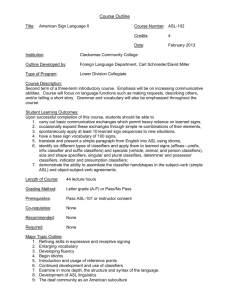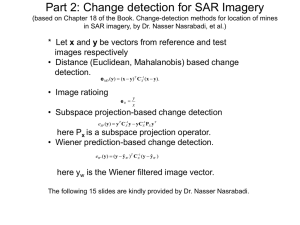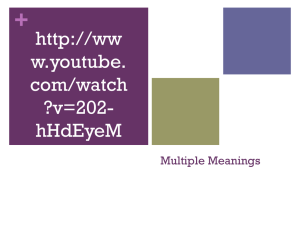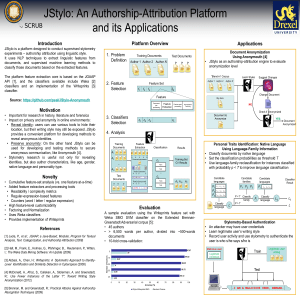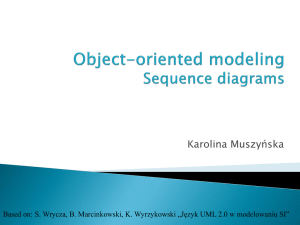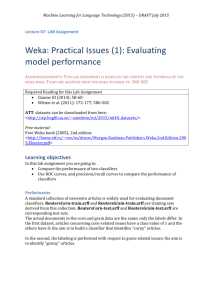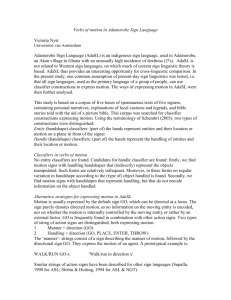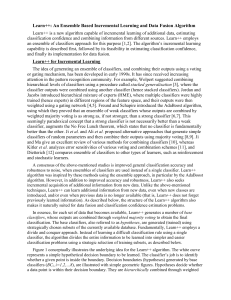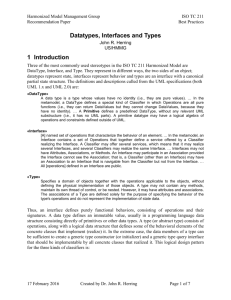He, she and someone: restrictions on indexical classifiers in NS
advertisement
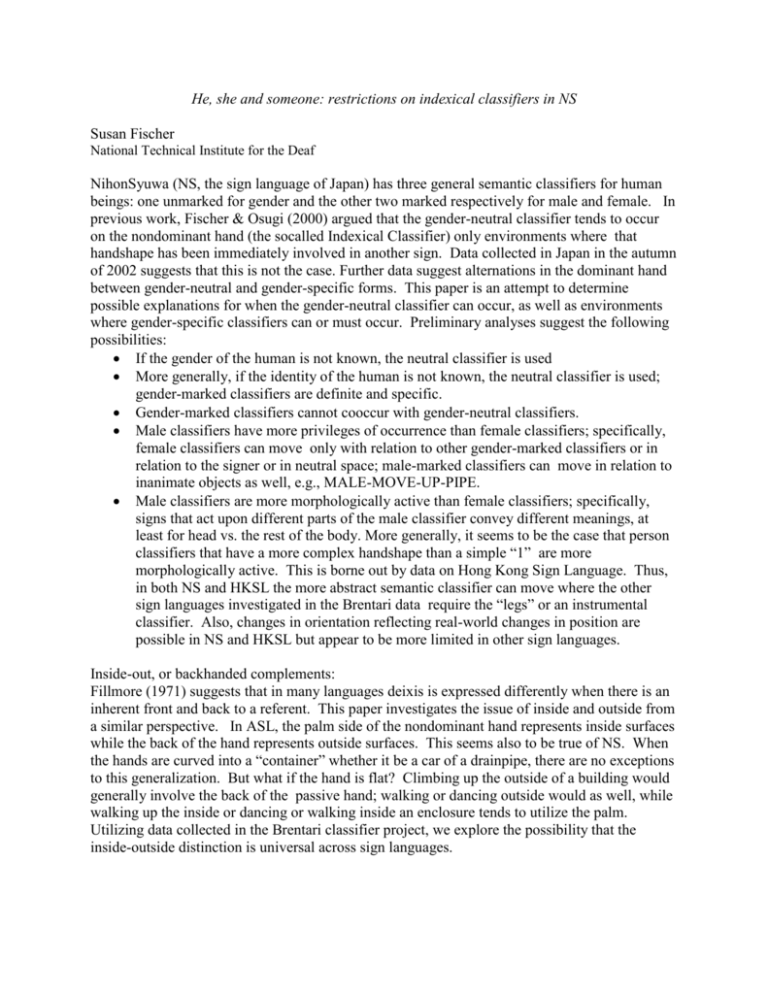
He, she and someone: restrictions on indexical classifiers in NS Susan Fischer National Technical Institute for the Deaf NihonSyuwa (NS, the sign language of Japan) has three general semantic classifiers for human beings: one unmarked for gender and the other two marked respectively for male and female. In previous work, Fischer & Osugi (2000) argued that the gender-neutral classifier tends to occur on the nondominant hand (the socalled Indexical Classifier) only environments where that handshape has been immediately involved in another sign. Data collected in Japan in the autumn of 2002 suggests that this is not the case. Further data suggest alternations in the dominant hand between gender-neutral and gender-specific forms. This paper is an attempt to determine possible explanations for when the gender-neutral classifier can occur, as well as environments where gender-specific classifiers can or must occur. Preliminary analyses suggest the following possibilities: If the gender of the human is not known, the neutral classifier is used More generally, if the identity of the human is not known, the neutral classifier is used; gender-marked classifiers are definite and specific. Gender-marked classifiers cannot cooccur with gender-neutral classifiers. Male classifiers have more privileges of occurrence than female classifiers; specifically, female classifiers can move only with relation to other gender-marked classifiers or in relation to the signer or in neutral space; male-marked classifiers can move in relation to inanimate objects as well, e.g., MALE-MOVE-UP-PIPE. Male classifiers are more morphologically active than female classifiers; specifically, signs that act upon different parts of the male classifier convey different meanings, at least for head vs. the rest of the body. More generally, it seems to be the case that person classifiers that have a more complex handshape than a simple “1” are more morphologically active. This is borne out by data on Hong Kong Sign Language. Thus, in both NS and HKSL the more abstract semantic classifier can move where the other sign languages investigated in the Brentari data require the “legs” or an instrumental classifier. Also, changes in orientation reflecting real-world changes in position are possible in NS and HKSL but appear to be more limited in other sign languages. Inside-out, or backhanded complements: Fillmore (1971) suggests that in many languages deixis is expressed differently when there is an inherent front and back to a referent. This paper investigates the issue of inside and outside from a similar perspective. In ASL, the palm side of the nondominant hand represents inside surfaces while the back of the hand represents outside surfaces. This seems also to be true of NS. When the hands are curved into a “container” whether it be a car of a drainpipe, there are no exceptions to this generalization. But what if the hand is flat? Climbing up the outside of a building would generally involve the back of the passive hand; walking or dancing outside would as well, while walking up the inside or dancing or walking inside an enclosure tends to utilize the palm. Utilizing data collected in the Brentari classifier project, we explore the possibility that the inside-outside distinction is universal across sign languages.

